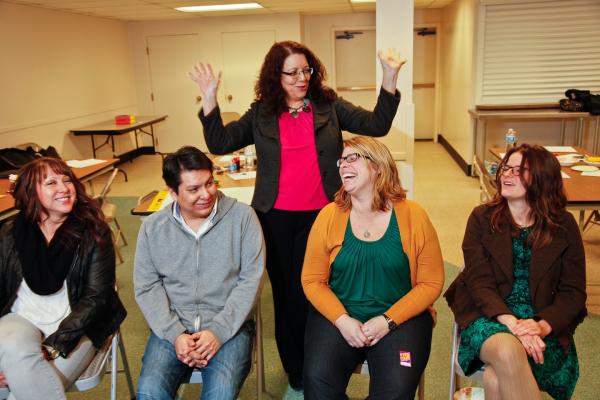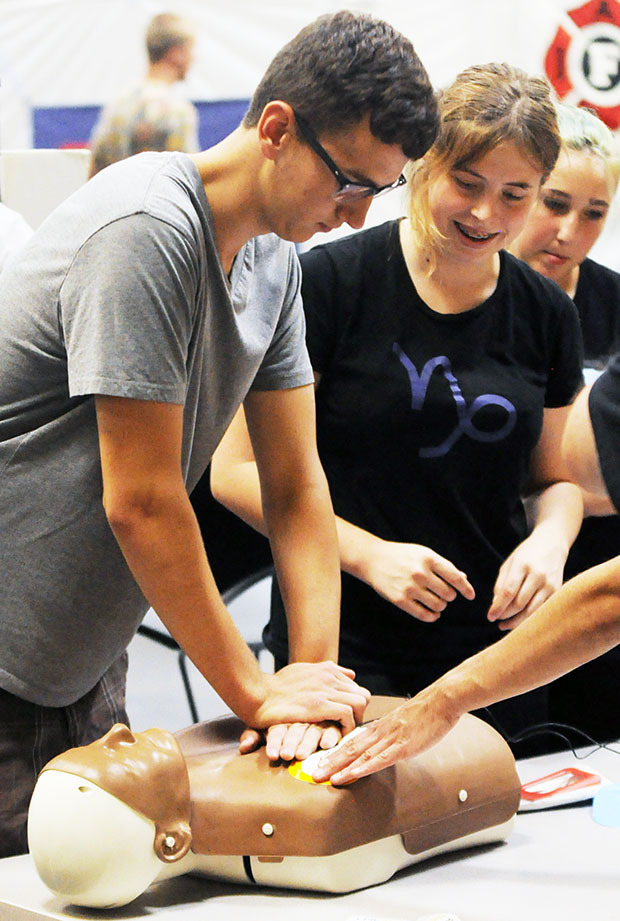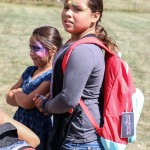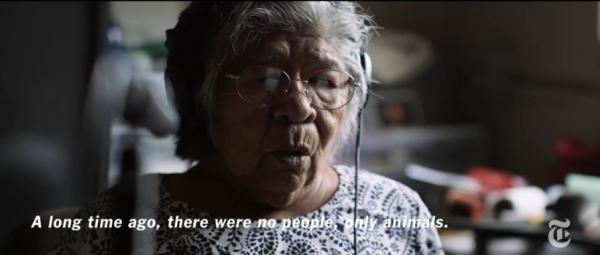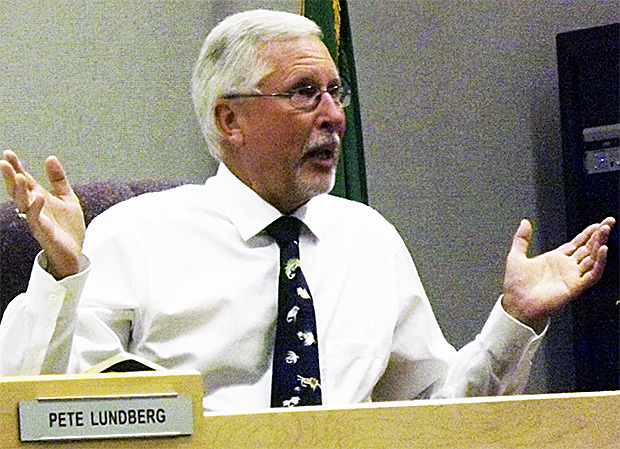From small local tribal colleges to regional and national institutions, more Native students are opting for a college education, on their terms, than ever before. Simply by doing what needs to be done, tribal colleges are leading the national trend in higher education to develop programs that serve their own community.
Tribal schools are re-shaping Indian country, and here, Cheryl Crazy Bull, president and CEO of the American Indian College Fund, speaks about the College Fund’s impact on Native students, tribal colleges, and communities.
Are there reasons besides location that Native students choose tribal colleges?
Tribal colleges are a place where you go to school with people like yourself. It’s a sanctuary, an environment to explore your identity and your place in the world while furthering your professional and career goals.
Tribal colleges don’t teach about Indians, they teach Indians, and that is a significant difference. The intention, the mission, the vision, of the tribal college is so grounded in saving who we are and being who we are. You can probably get that social network when you go to other institutions, but you are not going to get the intensity or the breadth of it the way you do at a tribal college, and that’s very rewarding.
How many Native students attend tribal colleges?
Tribal colleges comprise about 20,000 students of probably 180,000 Native students across the country. Most of the time, our institutions educate more American Indians than other institutions. We are a very significant and important participant in the higher education systems in this country, not only because we educate American Indian and Alaska Native students, but because we are also educating rural Americans. Many times, we are the place where rural families are able to get a college education.
Sitting High Construction carpentry students at Aaniiih Nakoda College. (Aaniiih Nakoda College)
How many students does the organization fund?
We fund about 6,000 students, probably about one-quarter of our applicants. We primarily support Native American students in tribal colleges, but we currently give 8 to 10 percent of our scholarships to Native students attending other institutions.
The College Fund’s scholarship programs range from smaller scholarships of less than copy,000 to scholarships as high as copy0,000 depending on the wishes of the donor. Some scholarships are supported by donors for specific fields, such as healthcare or business majors. Many scholarships are funded through endowments established by donors and others are funded through annual contributions.
We know of course that there are a significant number of Native students at tribal colleges who don’t apply. Some first generation, low income, college students don’t necessarily understand financial aid or scholarships. We have had a significant increase over the years of scholarship applicants, but we still have a long way to go to serve all of the students, and to fully fund students, which is as important as the number of students who participate.
How do tribal colleges change communities?
A special characteristic of the tribal colleges is that they are very much embedded in their community. They are founded by their communities, they serve their communities wishes, and the degree programs of the tribal colleges are almost always driven by community demand.
We were on the cutting edge of creating community-based baccalaureate programs and we didn’t even know it. We were just doing the work that needed to be done—creating the kind of programs that served the career and professional needs of our communities. Today, that’s a big driver for a lot of higher education institutions. We were already doing that, and we might be doing that a lot. We might be the leading provider of adult education or rural education, simply because we are doing the work we are called upon to do. We are often invisible.
What kind of degree programs do tribal colleges offer?
Tribal colleges are a combination of community and comprehensive institutions. I think about 15 or 16 offer bachelor’s degrees, and a few are now offering master’s degrees. Some offer career and technical education as well as professional degrees like teaching and counseling. More and more are offering degree programs in the STEM (Science, Technology, Engineering, Math) fields, and business is one of the most popular majors of tribal college students.
Comanche Nation College students check out what’s under the microscope (Comanche Nation College)
Besides scholarships, how is College Fund money used?
The College Fund provides support to tribal colleges in these areas:
Faculty development, which includes funding individuals to complete graduate degrees and to participate in research;
Training faculty to be better teachers;
We are a re-granter for funders who are interested in developing an area of programming, such as cultural and traditional arts or sustainability. We work with tribal colleges to expand their curriculum or maybe provide internships or fellowships for students, or train faculty to teach in those areas. I don’t want to say we are just a conduit to give them resources, because we also provide them with technical assistance, giving them the resources they need to be successful.
We also provide some support to the tribal colleges for operations. It’s not a lot, but it’s money they can use for whatever they wish, operationally. This money comes from the proceeds of endowments and money we get from fund raising.





